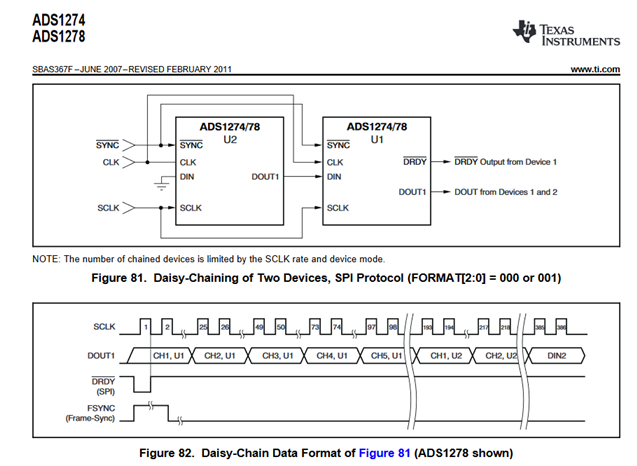Other Parts Discussed in Thread: ADS131A04, ADS131M08, ADS1278, ADS1274
I have looked online and in the datasheet for the ADS1258 and I am not able to find a way to request a single ADC channel or all of them. Is there a way to not use the data ready pin and just poll the ADC channels one at a time or request the ADC value for all of the ADC channels?


